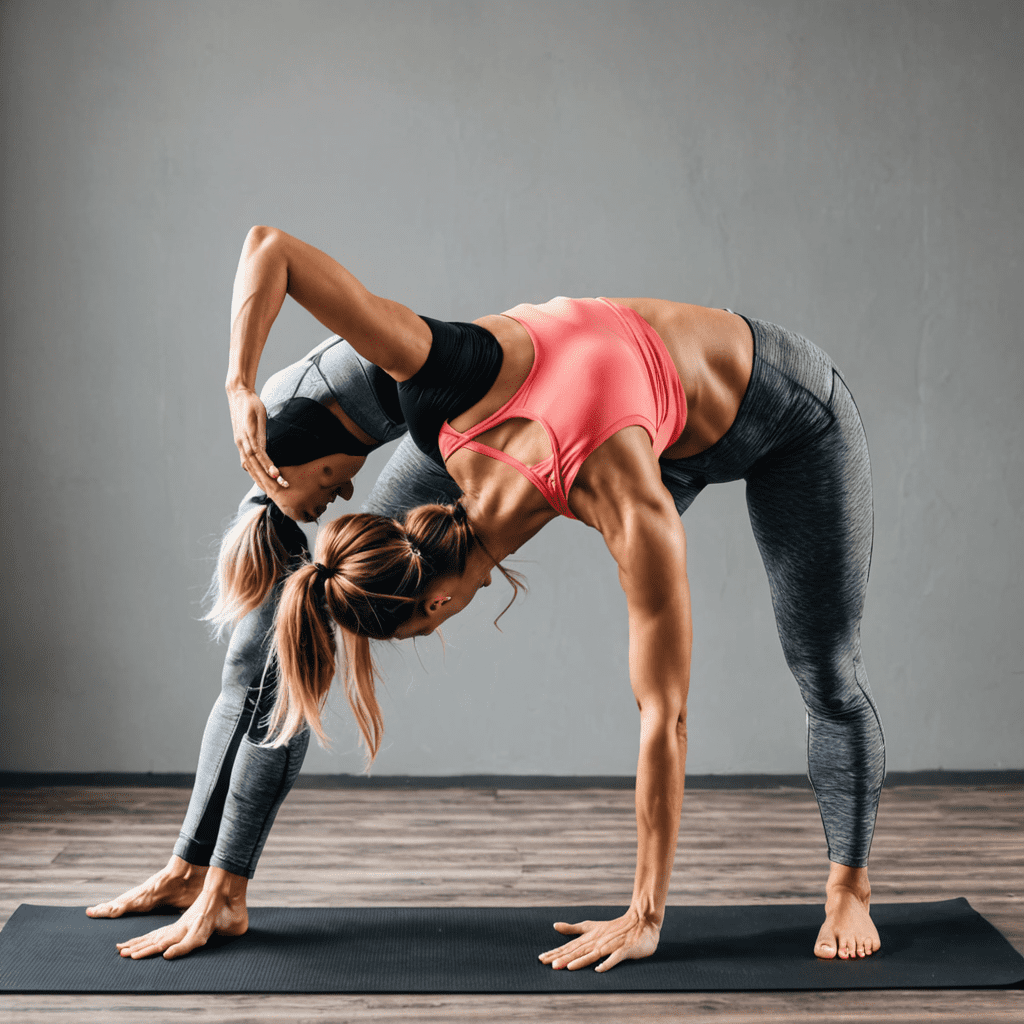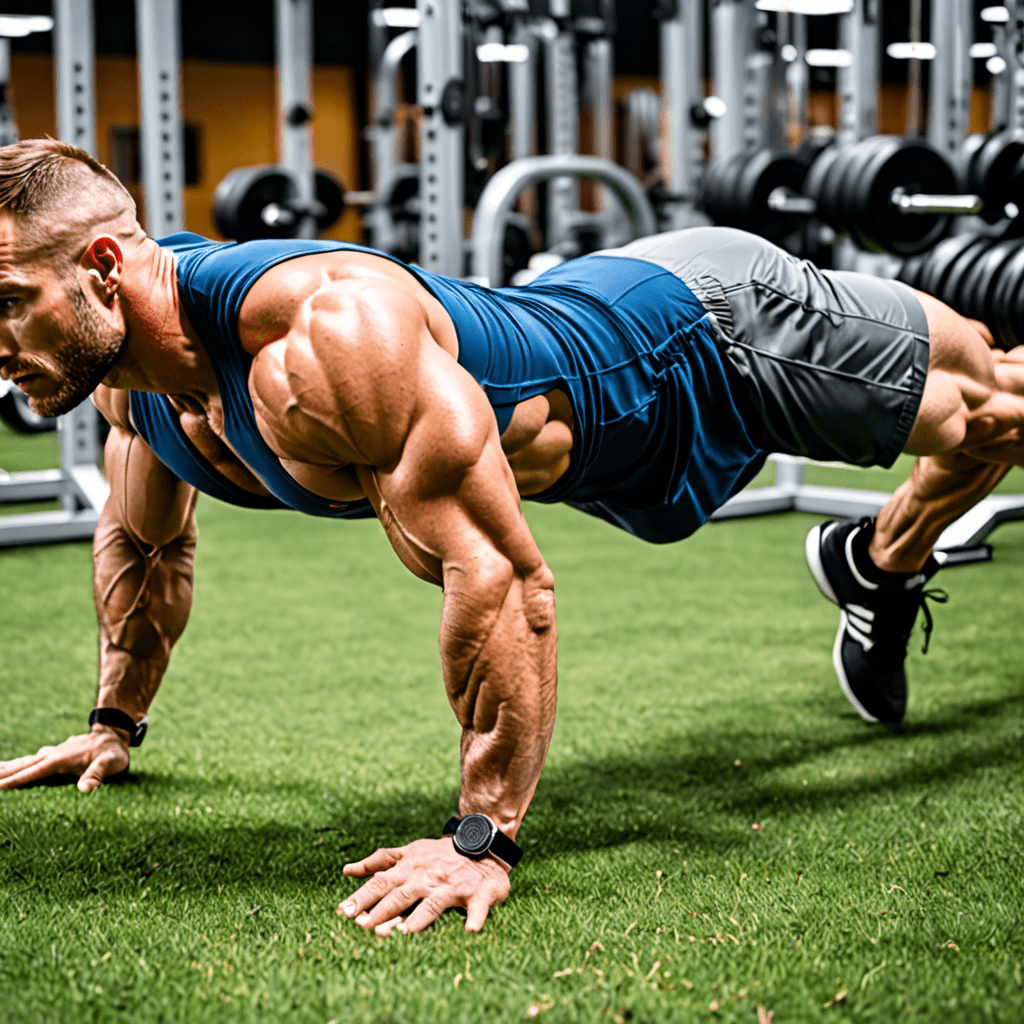
Yoga for Beginners: Practicing Yoga for Core Strength
Introduction to Yoga and Core Strength
Yoga is a versatile practice that encompasses physical postures, breathing techniques, and meditation. When it comes to building core strength, yoga offers a gentle yet effective way for beginners to strengthen their core muscles. Core strength plays a vital role in maintaining good posture, supporting the spine, and improving overall stability.
Benefits of Yoga for Core Strength
Practicing yoga for core strength can lead to various benefits, including improved balance, enhanced posture, increased flexibility, and reduced risk of injuries. By engaging the core muscles through yoga poses, beginners can gradually build strength and endurance in this central area of the body.
Key Yoga Poses for Core Strength
Certain yoga poses are particularly effective in targeting the core muscles. Poses like Plank, Boat Pose (Navasana), and Side Plank (Vasisthasana) engage the abdominals, obliques, and lower back muscles. These poses help beginners develop stability and strength in their core over time.
Tips for Beginners Practicing Yoga for Core Strength
For beginners looking to enhance their core strength through yoga, it’s essential to start slowly and listen to your body. Focus on proper alignment in each pose, engage the core muscles consciously, and remember to breathe deeply throughout the practice. Gradually increase the duration and intensity of your yoga sessions as your core strength improves.
Building a Consistent Yoga Practice
Consistency is key when it comes to seeing progress in core strength through yoga. Set aside dedicated time each day or week for your yoga practice. Whether it’s a short routine in the morning or a longer session in the evening, establishing a consistent yoga practice will help you develop core strength effectively over time.
Modifications for Beginners
As a beginner, it’s important to feel comfortable and safe in your yoga practice. Don’t hesitate to use props such as blocks or straps to support you in certain poses. Additionally, feel free to modify poses to suit your current fitness level and avoid straining your core muscles. With time and practice, you’ll gradually build more strength and flexibility.
Conclusion: Embracing Yoga for Core Strength
Incorporating yoga into your routine can be a rewarding journey towards building core strength and improving overall wellness. By practicing key yoga poses, staying consistent, and listening to your body, beginners can enhance their core strength, leading to better balance, posture, and stability. Remember, progress takes time, so be patient, stay committed, and enjoy the transformative benefits of yoga for core strength.
Frequently Asked Questions about Yoga for Core Strength
What is Yoga for Core Strength?
Yoga for core strength focuses on exercises and poses specifically designed to strengthen the muscles in your abdomen, lower back, and pelvis, collectively known as the core. These practices help improve balance, stability, and overall body strength.
Is Yoga for Core Strength Suitable for Beginners?
Yes, yoga for core strength is beginner-friendly. It incorporates gentle movements and poses that gradually build strength in the core muscles. Beginners can start with basic poses and gradually progress to more challenging ones as they gain strength and flexibility.
What are Some Effective Yoga Poses for Core Strength?
Popular yoga poses for core strength include Plank Pose, Boat Pose, Warrior III, and Dolphin Plank Pose. These poses engage the core muscles, helping to tone and strengthen them over time. Consistent practice of these poses can lead to improved core strength and stability.
How Often Should Beginners Practice Yoga for Core Strength?
For beginners, it is recommended to start with 2-3 sessions per week. Consistency is key, so establishing a routine and gradually increasing the frequency and duration of practice can yield optimal results. Listen to your body and give yourself time to rest and recover between sessions.

